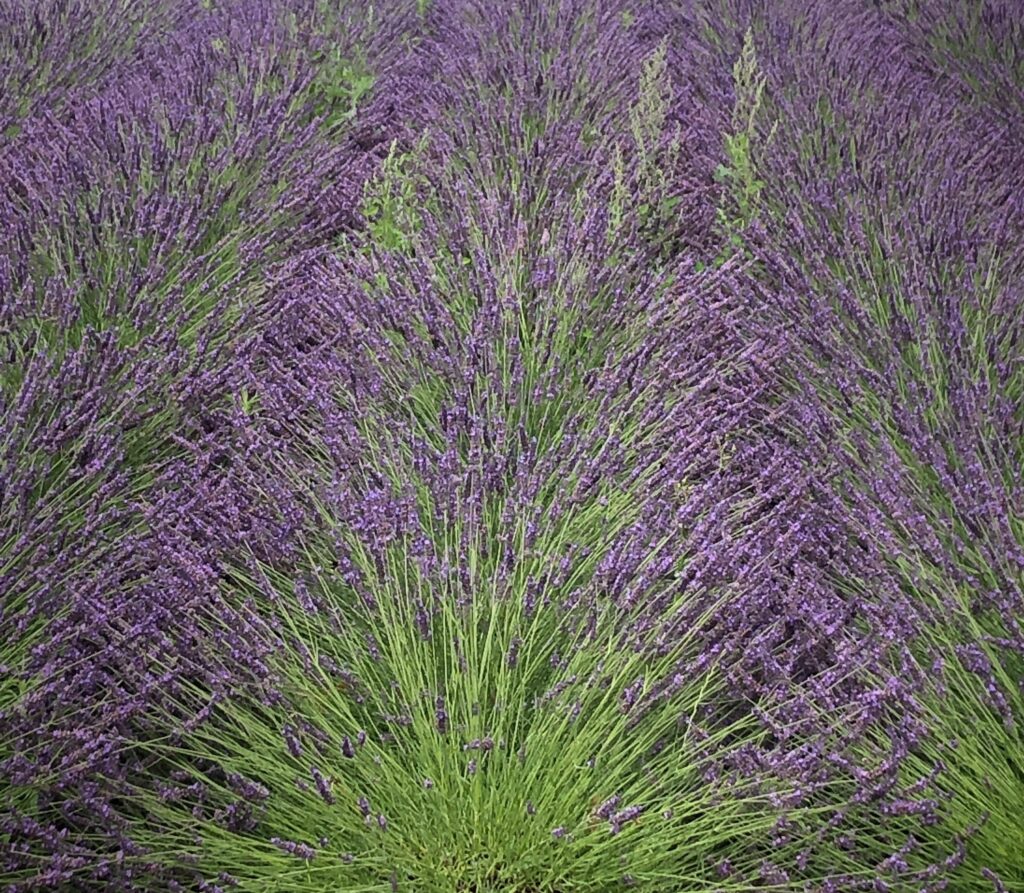How to Limewash Distress a Brick Fireplace
After painting the wood paneling, it was clear the multi-colored brick fireplace was our next target for a freshening up. We wanted to maintain some of the brick’s texture and authenticity, though, not just cover it up (this is a key element of Coastal French design). Limewash is an old world substance made of natural materials that soaks into brick instead of coating it like latex. The finish appears chalk-like, but as it cures it hardens, making limewash a durable choice for painting brick interiors or exteriors.


In brief, how to limewash distress a brick fireplace: Dampen the brick, paint on the limewash (we used RomaBio at 50/50 with water), let it briefly set, then hit the colors in the brick you want to keep (if any) with water using a lawn/garden pump sprayer. Gently soak up any excess water. Let dry.

In detail, how to limewash distress a brick fireplace:
1. Cover and tape off any walls, floors or items you don’t want to harm. This is a MESSY process, so tape and cover farther out than you might think.

2. Take pictures of the brick, so you can remember where to distress or expose anything you like about it afterward. In this case, the blackened bricks.

3. Vacuum the brick.
4. DO NOT SKIP THIS STEP: Dampen a section of the fireplace brick with a squirt bottle, wet rag or paintbrush. (I started working on the right side of the fireplace, from the mantle, so I could get the technique down on the side most people never see.) Dampening the surface is critical for getting the limewash to bind.

5. Paint the dampened section of brick with the RomaBio limewash/water mixture of 50/50. I used a regular paintbrush, about the width of the brick. Heads up … when you apply the limewash, it looks more translucent than it will when it dries.

I wiped up most drips with a wet rag so they didn’t dry as circles before I got to that point with the limewash. Don’t be concerned with wiping it gone — you’re going to be covering it anyway. If you miss any drips, don’t worry, they should re-dampen when you apply the limewash and will blend into the rest of the white.

6. As you work in sections to limewash all the brick, watch for the earlier sections to reach a point where the lime wash starts to set a little, sort of like hardening concrete (10-60 minutes, depending on conditions). Push on it with your fingertip, and it will leave a little indentation. That’s when you know you’re at the fun/scary part: blasting the colors you want to keep (in this case, the black bricks) with water. Reference your before photos and point the sprayer nozzle directly at them, at close range. Fire away! The water will splash off, so you may want goggles. I’m guessing this is why I don’t have action photos — my cameraman probably didn’t want to wreck the camera (or his clothes)! As you work, this creates the ‘distressed’ look. Gently sop up any excess water from the bricks below and the grout grooves.




7. I definitely had moments when I stepped back, and thought I was messing it all up. Don’t panic. You have 3-4 hours before it’s done drying. As it dries, if you want to do a second layer of white on some bricks because they’re still too see-through, don’t be afraid. If some bricks are too opaque, wipe a layer off with a dampened rag. It’s a bit of artistry here. If the bricks have dried for more than a few hours, use some diluted household vinegar to remove the limewash.

8. The final step was to spray paint the dated fireplace doors with a black high heat rustoleum paint. Just take them outside, cover and tape off the glass, then spray away! The result is a wrought iron-look, one of our ‘Coastal French metals’. The color makes the black in the bricks pop, and draws attention to other iron objects in the room like the candlesticks on the mantle.




In addition to being beautiful, limewash has the added benefit of being a natural material. There is an authenticity to it you won’t get from latex paint. You can also further dilute whatever is left and dump it in a corner of your yard without feeling guilty! If and when it fades (such as the hearth), you can easily apply a touchup coat. Final note, RomaBio Paints has excellent customer service. Call up and ask any application questions you might have. What company can you say that about these days?!
Next, we invested in Arhaus furniture. (Ten years later, no regrets!)
Or go to the Living Room overview page




